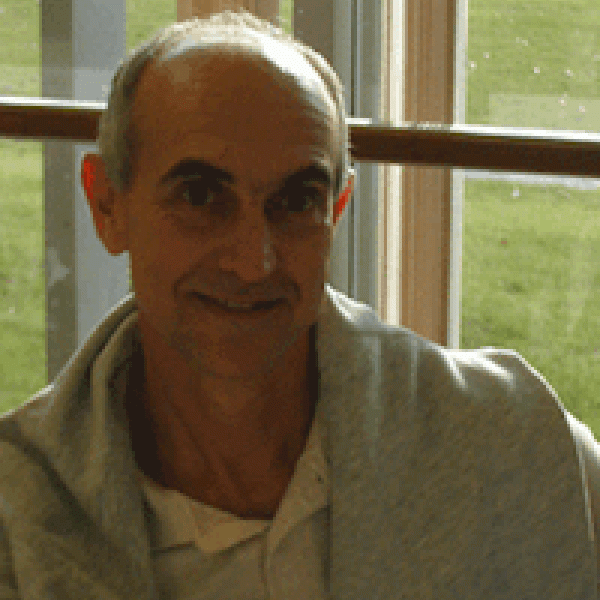
Peter Dorman received his PhD. from the University of Chicago in 1985. For eleven years, from 1977 to 1988, he was a curator in the Department of Egyptian Art at the Metropolitan Museum in New York, where he assisted with the Tutankhamun exhibit, the reinstallation of the Egyptian galleries, and the publication of the Metropolitan's archival excavation records from the 1920s and 1930s. One result of this work was the publication of The Tombs of Senenmut: the Architecture and Decoration of Tombs 71 and 353 (1991). Another monograph, the subject of his dissertation, was a historical treatment of the life of Senenmut and the chronology of the reign of Hatshepsut, which appeared as The Monuments of Senenmut: Problems in Historical Methodology (1986).
Dorman returned to the Oriental Institute in 1988, when he was appointed Field Director of the Epigraphic Survey in Luxor. He spent nine years heading the epigraphic efforts at Chicago House at the Temple of Luxor and the Eighteenth-Dynasty temple of Amun at Medinet Habu. During this period he edited two folio volumes in the new Reliefs and Inscriptions at Luxor Temple series, both published as part of the Oriental Institute Publications.
In 1997 he returned to Chicago to teach Egyptian language and history at the Oriental Institute. His research interests include the Theban region and tomb documentation, in particular for the New Kingdom, as well as the relation of Egyptian material culture to text and representation. He is co-founder of the annual Theban Workshop in conjunction with Johns Hopkins University.
In 2002 Dorman published Faces in Clay: Technique, Imagery, and Allusion in a Corpus of Ceramic Sculpture from Ancient Egypt, a monograph on canopic jar lids, the phenomenon of ceramic sculpture in ancient Egypt, and the potter’s wheel as a metaphor of solar regeneration. His most recent research centers on the Metropolitan Museum’s excavation of the intact burials of Ramose and Hatnofer, the parents of Senenmut, which he is preparing for publication, along with a series of burials and deposits left on the hillside below Senenmut’s tomb. He is also editing the first volume of facsimile drawings to emerge from the Epigraphic Survey’s woprk on the 18th Dynasty temple of Amun at Medinet Habu. Dorman presently serves as the United States representative to the International Association of Egyptologists.
